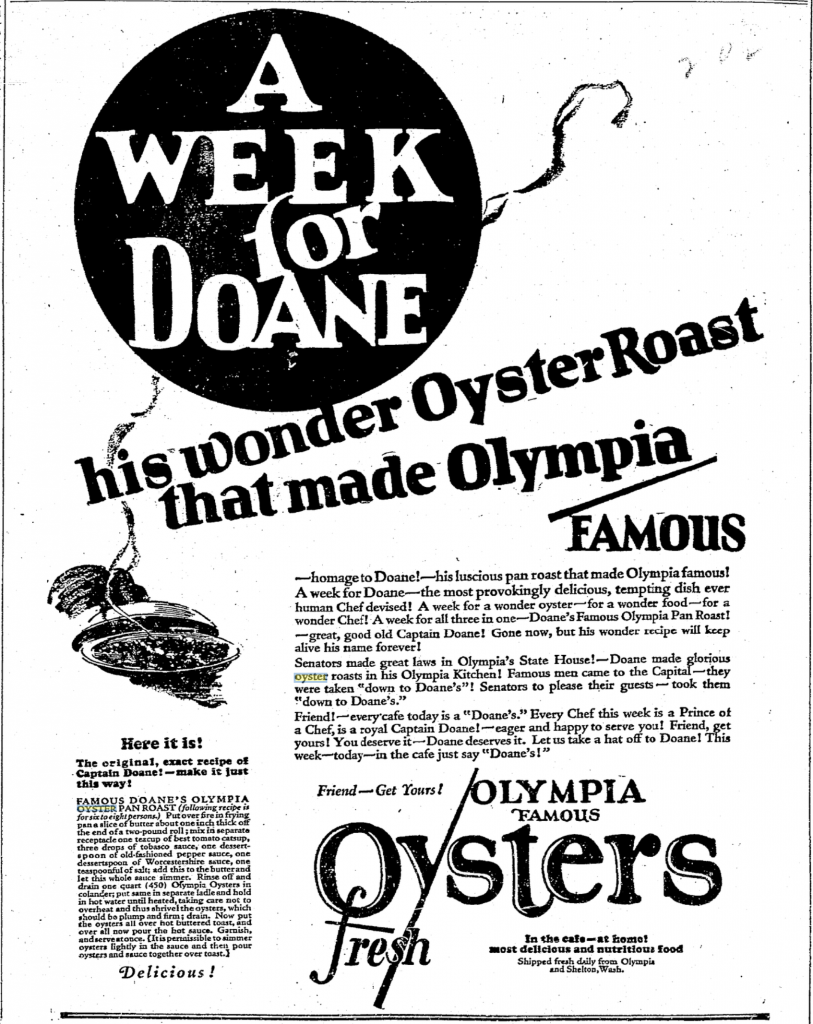As a geogeek who sees the world through obsidian-tinted lenses, I have long been interested in time, particularly what John McPhee called the deep time of our planetary past. Stretching back 4.54 billion years, that great abyss of eons is why the world looks as it does. Deep time is what makes possible the ever-so-slow diving of the Juan de Fuca Plate under North America, which gives the PNW our dynamic landscape. Deep time is what allowed microscopic organisms to evolve into the myriad of species that grace, have graced, and will grace our little planet. Deep time is what allows me to type this newsletter using minerals that formed millions of years ago.
Although deep time manifests itself in many ways, it resonates more strongly in some locations. One such place is in downtown Seattle at the southwest corner of 2nd Avenue and Marion Street. There you will find a rather lovely art deco structure, the Exchange Building, originally built to house the city’s commodity exchanges. Alas, it opened in 1930 and the Depression prevented the building from meeting the owners’ great expectations. (Talk about bad timing!) But they did choose wisely with their building stone, the Morton Gneiss of Minnesota.
If you want to subscribe to my newsletter, here’s a link.
With its swirly pink and black layers, the Morton has a dynamic feel, as if the rock was still forming. In one panel rafts of jet black basalt sit like islands awash in a sea of pink. Other building panels look like photographs of blood streaming through arteries, a texture that quarry workers called veiny. But the dominant pattern resembles what would happen if you took a series of photos while stirring together cans of pink and black paint, known as flurry in the lingua franca of stone.
More germane to my interests, the Morton Gneiss is 3,524,000,000 years old, or some serious deep time. As John Playfair wrote in the 18th century “the mind seemed to grow giddy by looking so far into the abyss of time.” The rock is so old that when it formed Earth didn’t look anything like it does now. The oldest evidence for life is also about 3.5 billion years ago, which means that the surface of the planet back then lacked any of the plants or animals or other life forms that provide the colors and textures and chaos we know today. Instead, the surface was probably fairly muted in palette except for the shades of water and lava. Nor, as I noted two weeks ago, were there any of the sounds that began to come into existence relatively recently.
3.5 billion years ago is so deep in time that the planet may not have functioned as it does at present. The basic way geology works, as has been taught for fifty years or so, is plate tectonics, that the surface of the Earth consists of slabs, or plates, in constant motion. Their jostling is responsible for earthquakes, volcanoes, and all the major planetary processes. But one question remains: When did plate tectonics begin? The answer ranges from one billion years ago to three billion or earlier. In other words, the geological processes that formed the Morton Gneiss may or may not have been ones that operate at present, which I think it PDN, or pretty darned nifty.
Whenever I lead building stone tours in downtown Seattle, I always stop by the Exchange Building. I tell people that the Morton Gneiss is most likely the oldest rock they will ever see. (I know it’s the oldest I will ever see because the older rocks are a long way from anywhere in the Northwest Territories.) I also urge them to touch the Morton Gneiss, to reach back, back, back to the early days of Earth and to bond with the deep time that binds us all together.
My first two tours with the Field Trip Society sold out so we added two more.
Stories in Stone – June 11 – 2pm – Field Trip Society – My downtown walk exploring building stone, including the Morton Gneiss.
Too High and Too Steep – 1pm – Field Trip Society – We’ll look at the Denny Regrade and the often overlooked but still existing evidence of the topographic changes.
I have been meaning to recommend a couple of newsletters I read. Here they are.
Finding Words – A kindred spirit, David Lukas has a deep love for language and nature and weaves them together weekly. Check out this one on Lewis and Clark.
Taking Bearings – Adam Sowards’s thoughtful take on history and place. This one looks at the Centennial Trail, also a special spot for me.
Southwest Wawa – I first encountered Owen Lloyd Oliver through his Indigenous Walking Tour of the UW Campus. He continues to be insightful and observant in his writings, including this one about the Super Bowl.
